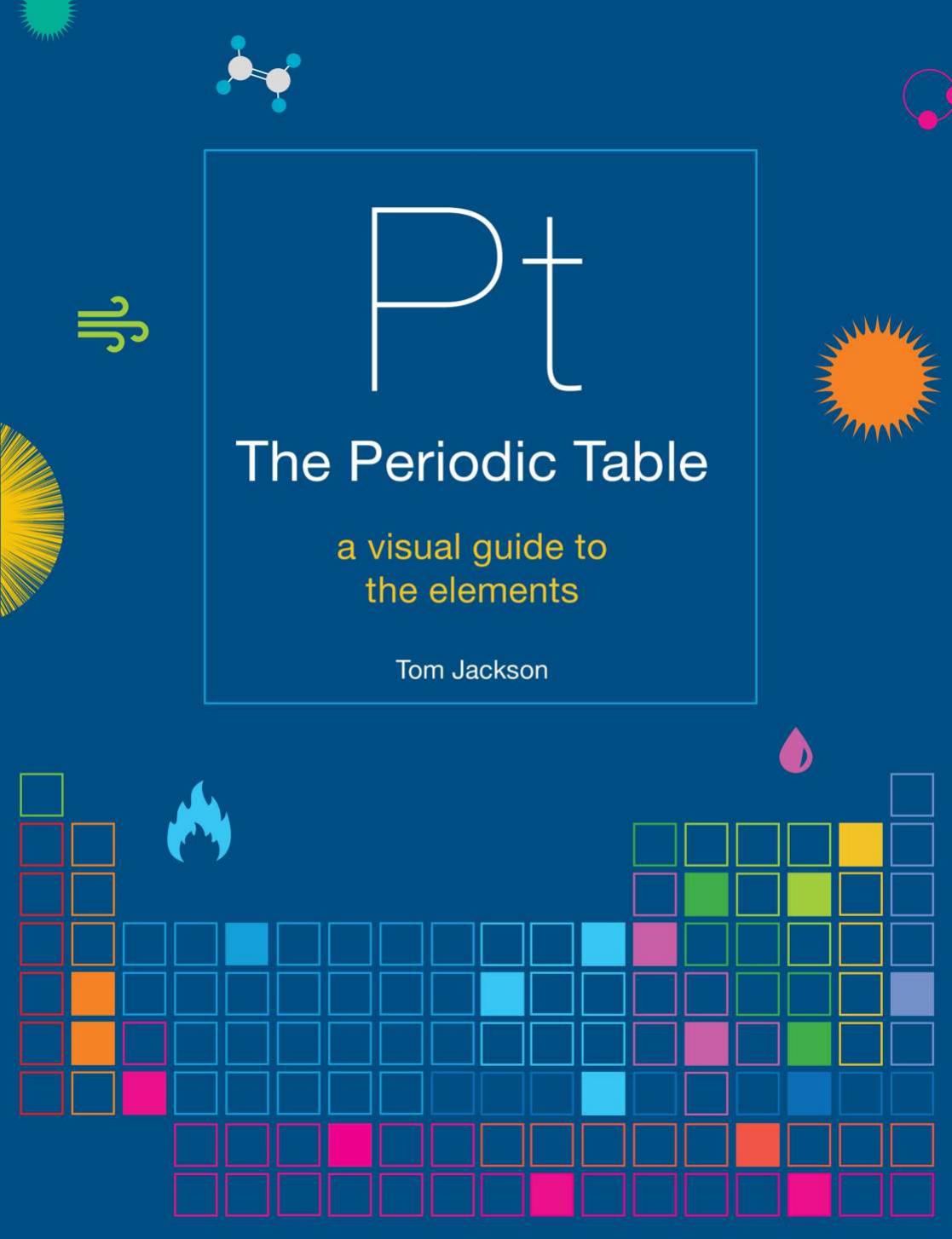

Most ebook files are in PDF format, so you can easily read them using various software such as Foxit Reader or directly on the Google Chrome browser.
Some ebook files are released by publishers in other formats such as .awz, .mobi, .epub, .fb2, etc. You may need to install specific software to read these formats on mobile/PC, such as Calibre.
Please read the tutorial at this link: https://ebookbell.com/faq
We offer FREE conversion to the popular formats you request; however, this may take some time. Therefore, right after payment, please email us, and we will try to provide the service as quickly as possible.
For some exceptional file formats or broken links (if any), please refrain from opening any disputes. Instead, email us first, and we will try to assist within a maximum of 6 hours.
EbookBell Team

4.7
106 reviewsThe elements are substances that cannot be refined or purified into simpler ingredients. Each one is unique, with a set of physical and chemical properties that arises from the structure of its atoms. In 1869, Dmitri Mendeleev, a Russian chemist, created the periodic table as a way of organizing the known elements (around half of what is there today) into a system that related the increasing weights of each element with patterns in their chemical properties.
Although he did not know it, Mendeleev’s system was based around the varying atomic structures of the elements. He was working 30 years before the first subatomic particle, the electron, was discovered, and 60 years before researchers had drawn a full picture of how atoms are constructed from smaller particles. Nevertheless, that picture revealed why the periodic table works so well. Every element has a unique collection of subatomic particles – electrons, protons and neutrons – and the way these particles are arranged gives an element its set of characteristics.